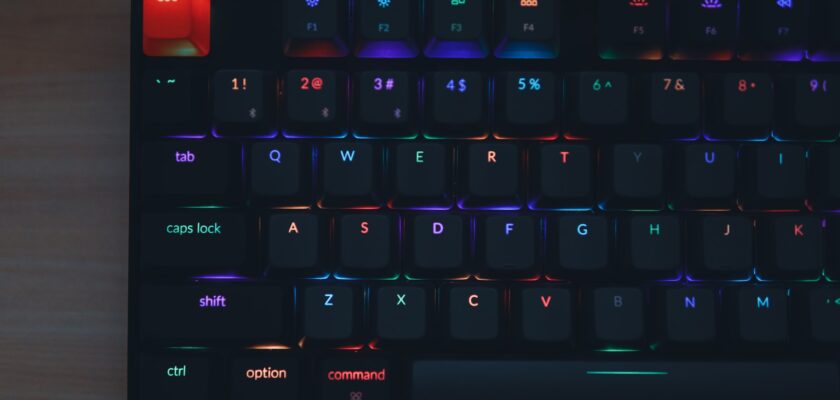As a programmer (data scientist, data engineer, machine learning engineer, or software engineer), having the right keyboard is extremely important!
Spending hours every day coding requires comfort and satisfaction for the equipment you are using which can have a significant impact on your productivity.
With a great variety of options for keyboards available today on the market, it can be challenging to pick the best one without trying it. However, at the same time we can’t really go and try all of the thousands of keyboards available.
In this article we will take a closer look at the different types of keyboards, their pros and cons, and narrow down the selection of the best keyboards for programmers to help you make the correct purchase.
Table of contents
- What are the different types of keyboards
- Sizes and layouts of keyboards
- Wireless vs Wired keyboards
- Best membrane keyboards
- Best mechanical keyboards
- Best mecha-membrane keyboards
- Conclusion
What are the different types of keyboards
There are several different types of keyboards available on the market. Here we are going to group them into four different categories: membrane keyboards, mechanical keyboards, mechanical membrane keyboards, and optical keyboards, and discuss each one of them.
Membrane keyboards
Membrane keyboards use a flexible membrane to register and process each key press.
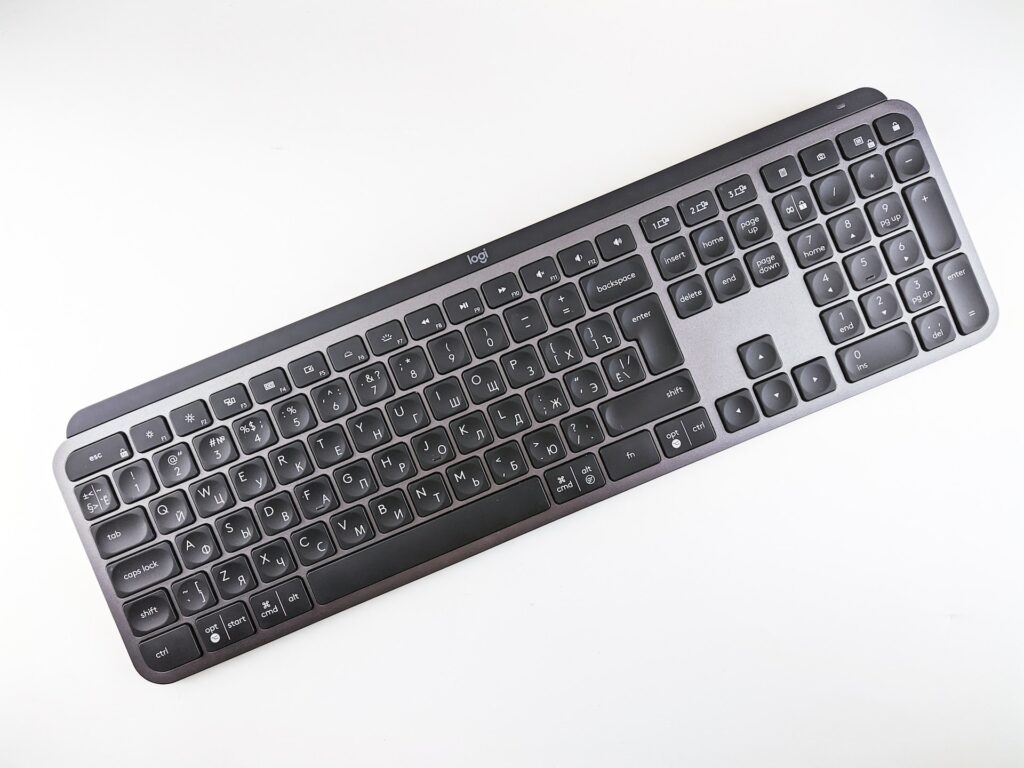
Essentially, the keys are placed on top of a silicone (or rubber) dome that acts like a spring mechanism in a membrane keyboard. Once a key is pressed, the dome bends inward, which completes the electrical circuit, and the keystroke gets registered.
+ Pros:
- Cheap to manufacture
- Budget friendly
- Good for casual user or office work
- Light weight
- Quiet
– Cons:
- Lacks tactile feedback
- Slower response (compared to mechanical keyboards)
- Not good for fast typing (programming or gaming)
- Short lifecycle (they wear out quicker than other types of keyboards)
Mechanical keyboards
Mechanical keyboards use individual mechanical switches to register and process each key press.
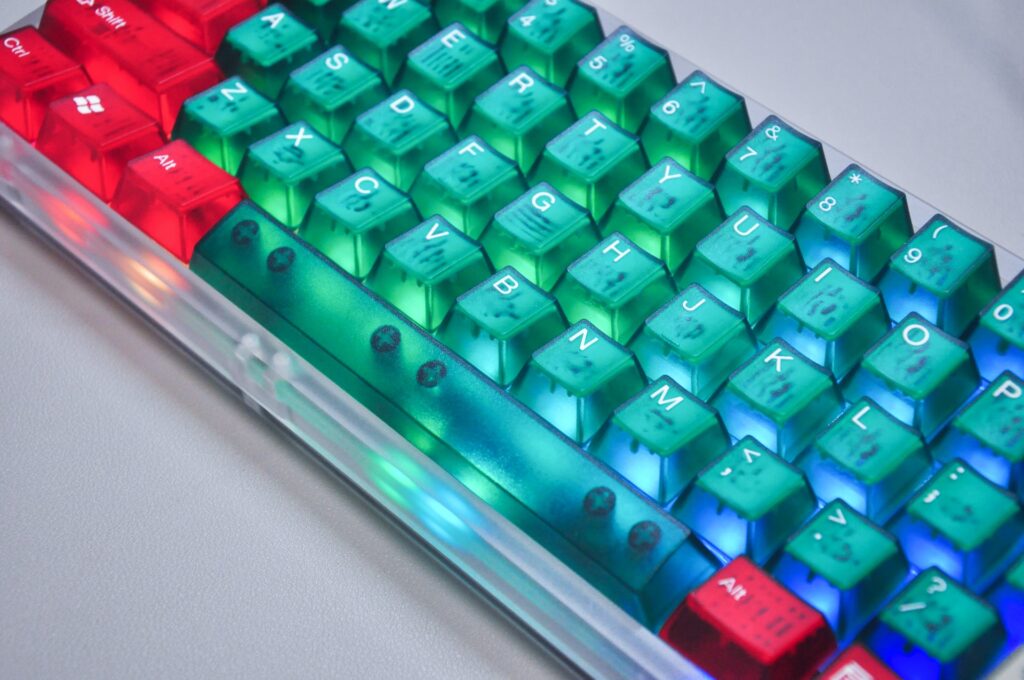
There are 6 main types of switches:
- Linear
- Tactile
- Clicky
- Optical
- Low profile
- Hall Effect
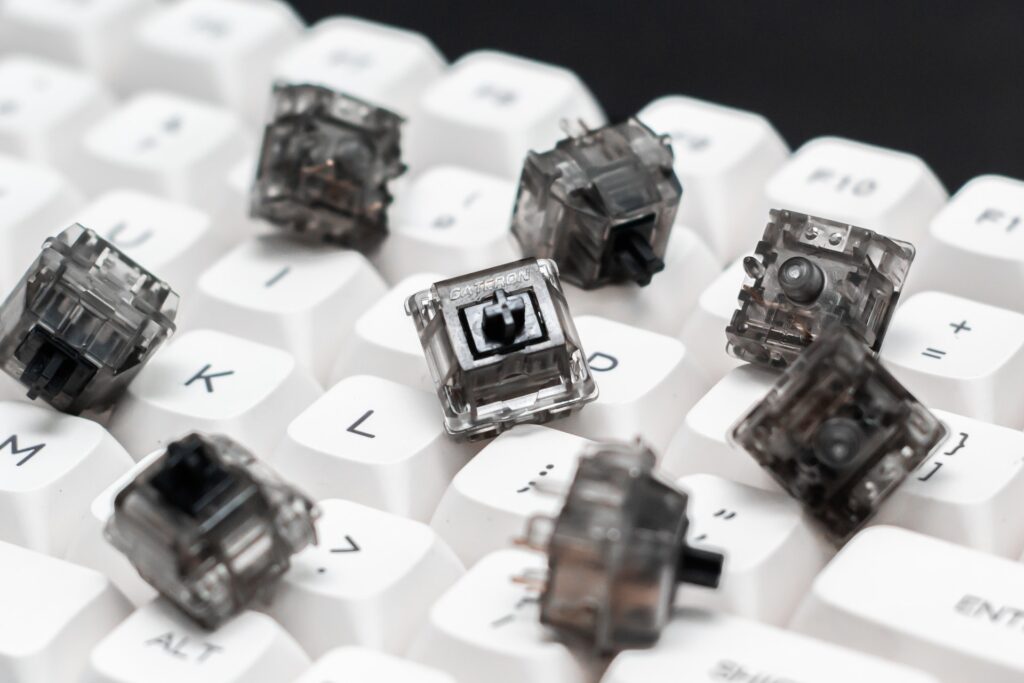
The mechanical switches allow mechanical keyboards to provide a better tactile feedback and significantly faster response (compared to membrane keyboards), are more customizable, but also significantly more expensive.
When it comes to selection, you can buy mechanical keyboards from big brands, such as: Razer, Logitech, Corsair, HyperX, and others; but you can also build your own custom mechanical keyboard.
+ Pros:
- Great tactile feedback
- Fast response
- Customizable
- Good for programming and gaming
- More durable
– Cons:
- Expensive to manufacture
- Heavier and bulkier
- Loud (because of mechanical switches)
Mechanical membrane keyboards
Mechanical membrane keyboards (also known as mecha-membrane keyboards) are a hybrid of mechanical and membrane keyboards.

A combination of mechanical switches with a silicone (or rubber) dome is used in the mecha-membrane keyboards to provide the features of the mechanical keyboards and the quietness of the membrane keyboards.
These keyboards are more affordable than the mechanical keyboards and are great for starters to get used to a different tactile experience of typing and get comfortable with more sophisticated keyboards.
+ Pros:
- Cheaper than mechanical keyboards
- Good tactile feedback
- Quieter than mechanical keyboards
- Good for starters
- Good value for the price
– Cons:
- Less durable than mechanical keyboards (because of silicone membrane)
- Less customizable
- Louder than membrane keyboards
Optical keyboards
Optical keyboards are mechanical keyboards that use infrared (or visible) light to detect and register keystrokes instead of mechanical switches.

These keyboards are relatively new on the market with the new technology of using light to detect key presses. Optical keyboards are more expensive than other types of keyboards, but are known to be more durable and provide lowest response time.
+ Pros:
- Very durable
- Quiet
- Great tactile feedback
- Lowest response time
– Cons:
- More expensive than other types of keyboards
- Not customizable
- Designed for experienced users
Sizes and layouts of keyboards
There are several different keyboard sizes and layouts.
The most common keyboard sizes for programmers are:
- Full-size
- Tenkeyless (TKL)
- Compact
Full-size keyboard
A full-size keyboard is a standard size keyboard with complete set of alphabetical, numerical, and function keys, as well as numeric keypad (numpad).
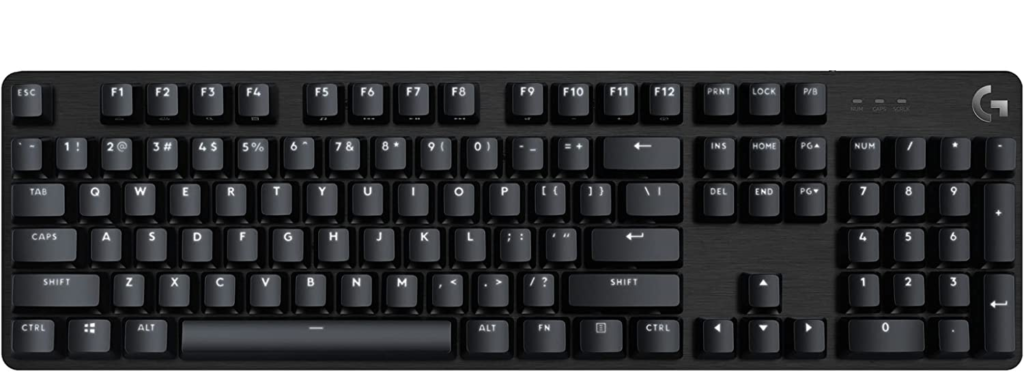
Tenkeyless (TKL) keyboard
A tenkeyless (TKL) keyboard is a smaller version of full-size keyboard with complete set of alphabetical, numerical, and function keys, but without a numeric keypad (numpad).
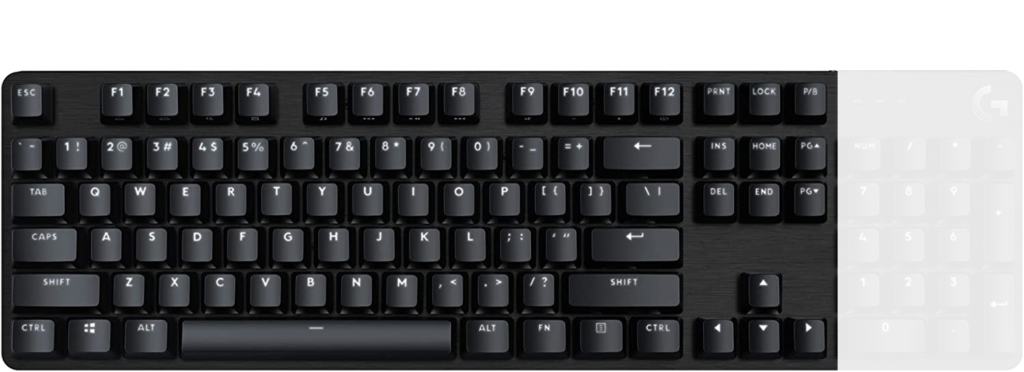
Compact keyboard
A compact keyboard is an even smaller version of full-size keyboard with complete set of alphabetical, numerical keys, and some functional keys, but without a numeric keypad (numpad), arrows, and first row of function keys.
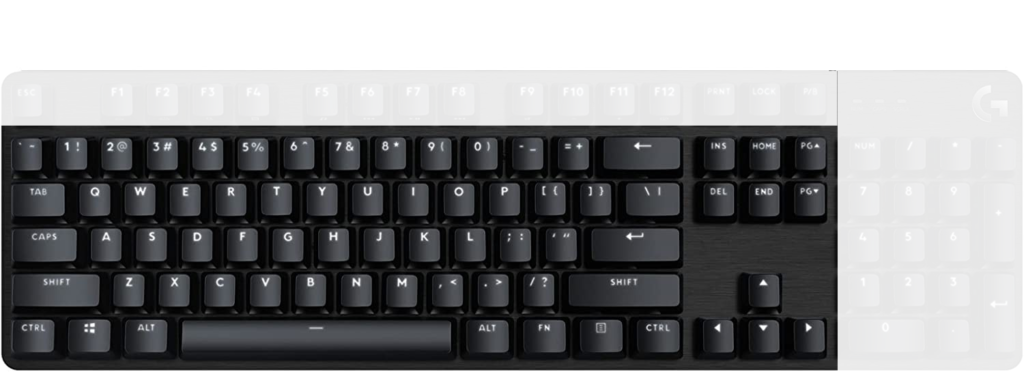
Best membrane keyboards
Logitech G213
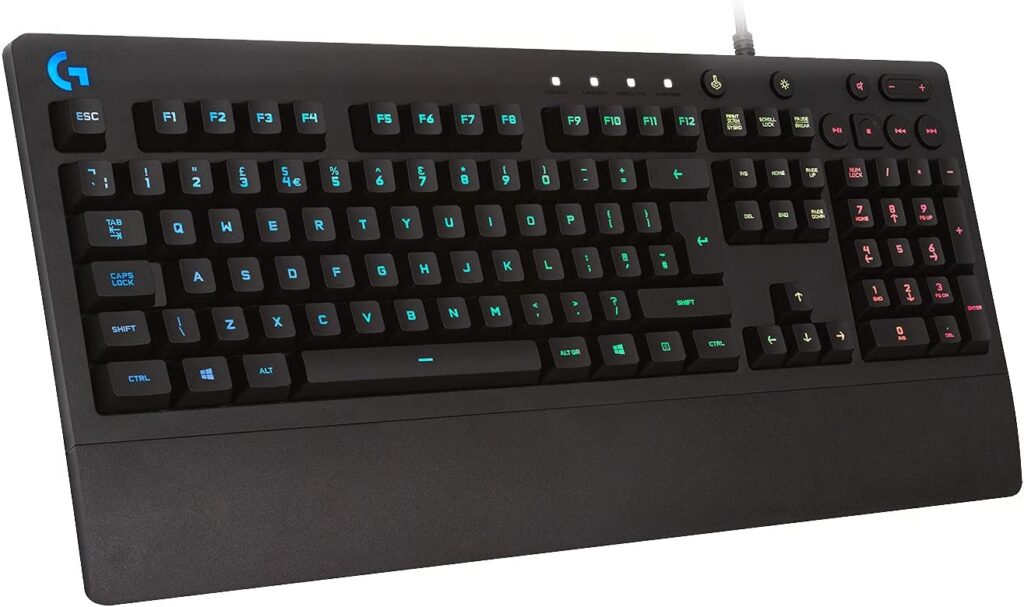
Razer Ornata V3 X
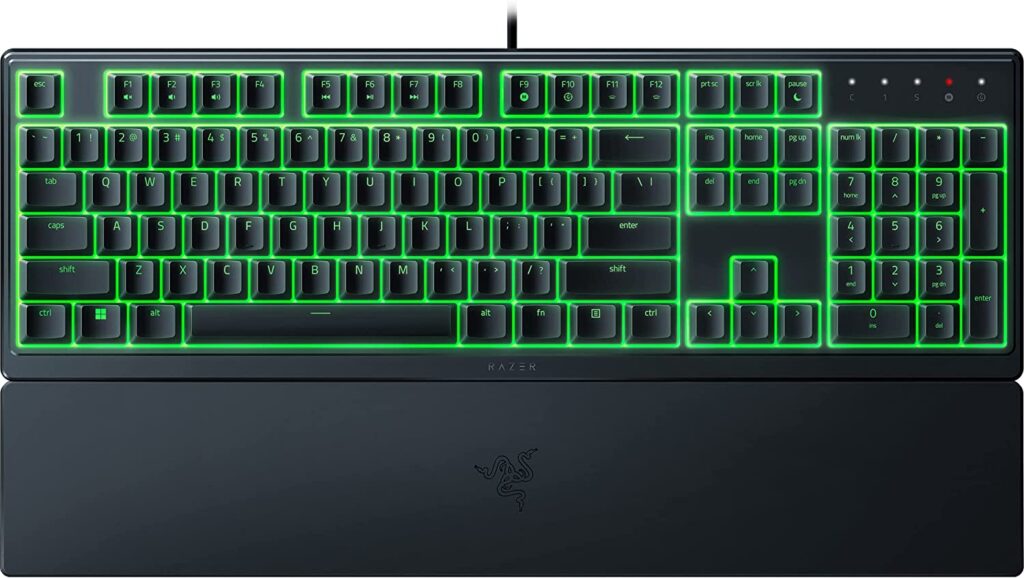
Corsair K55 PRO LITE RGB
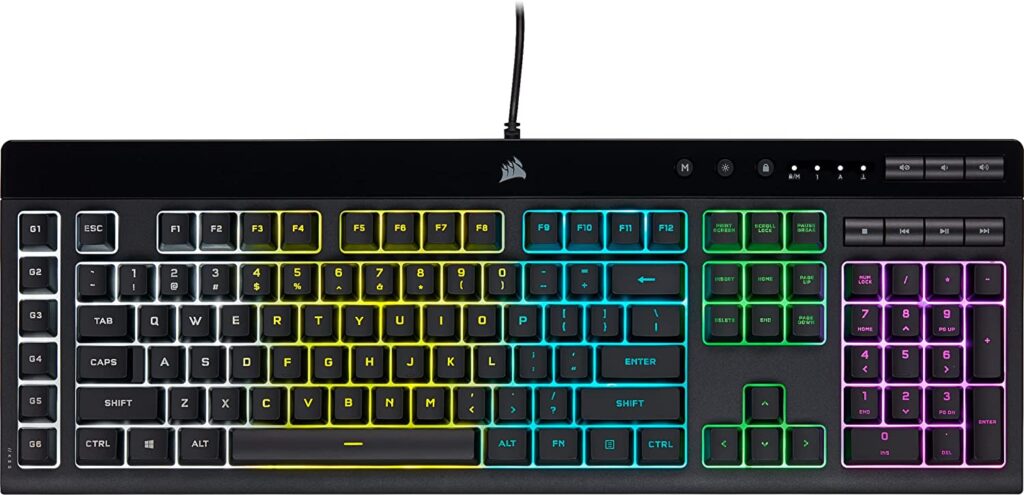
Best mechanical keyboards
Logitech G613
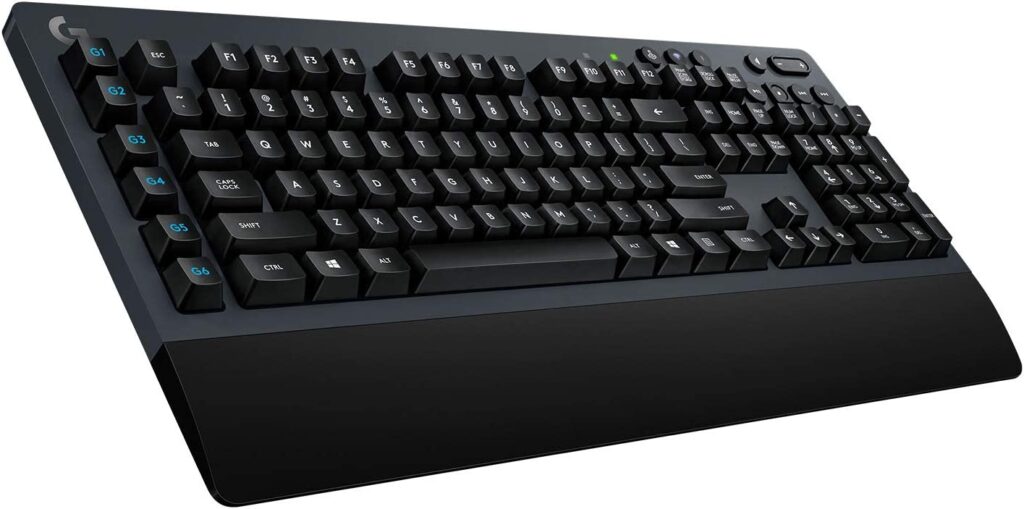
Razer Black Widow V3
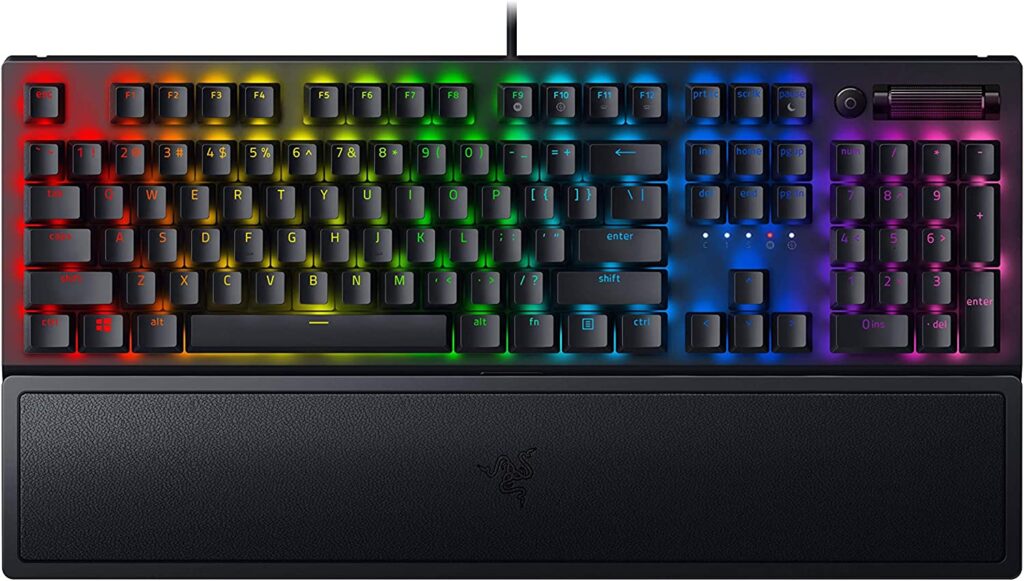
Corsair K70 RGB PRO
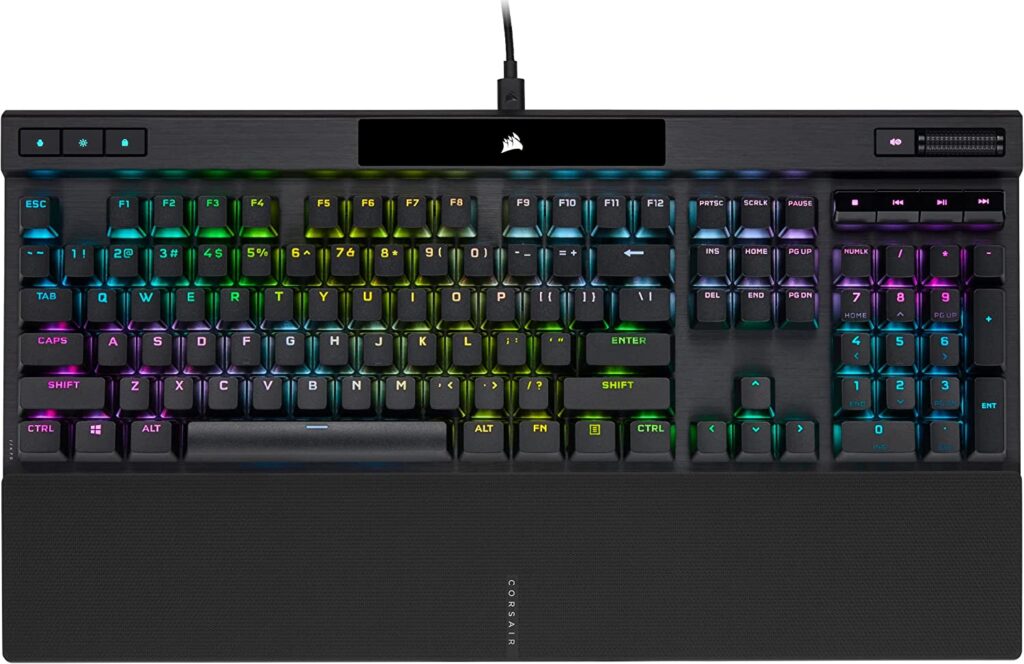
Best mecha-membrane keyboards
Razer Ornata Chroma
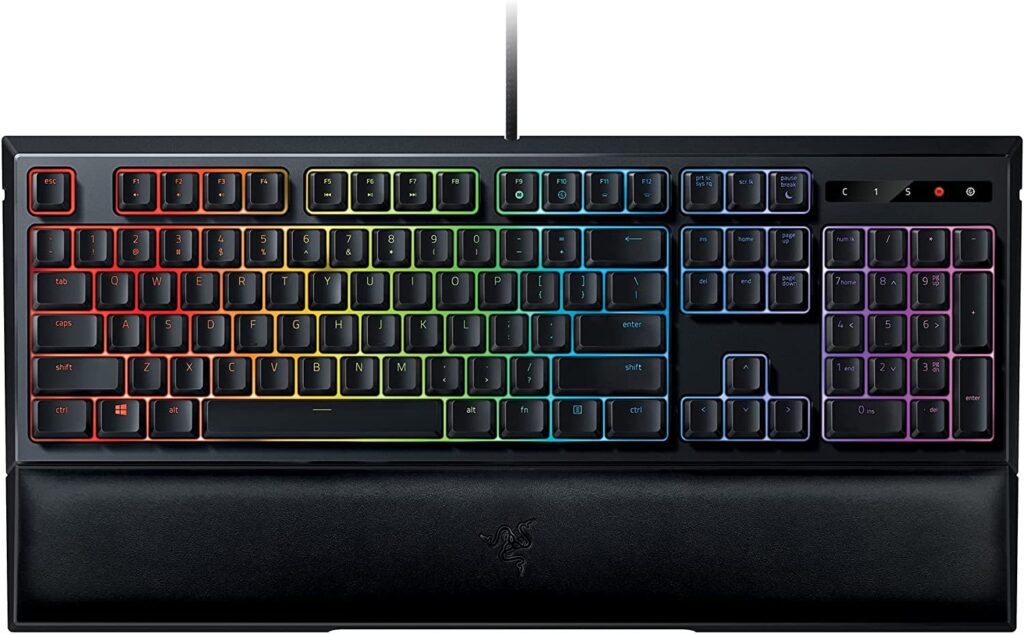
Razer Ornata V3
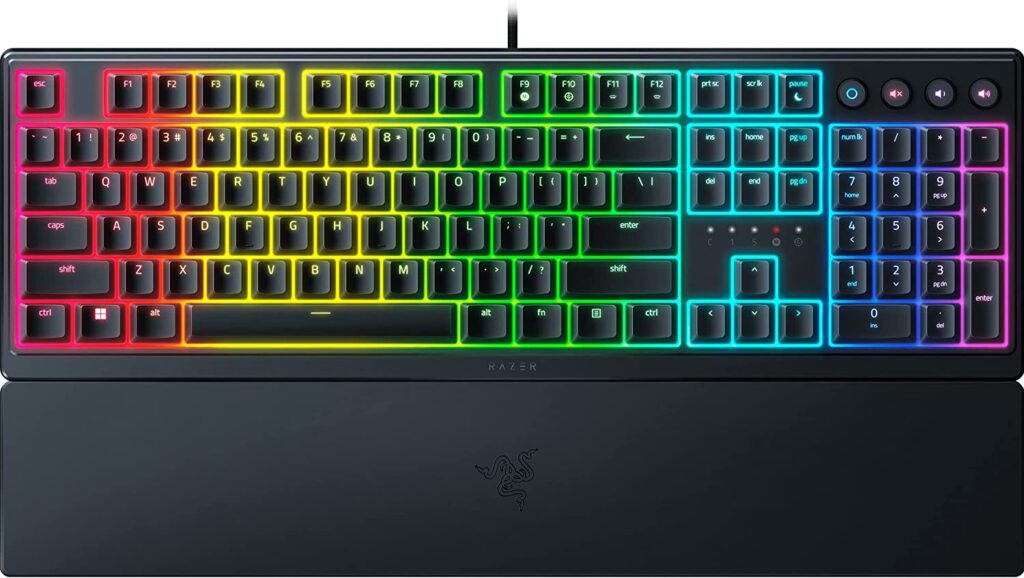
Razer Ornata Expert
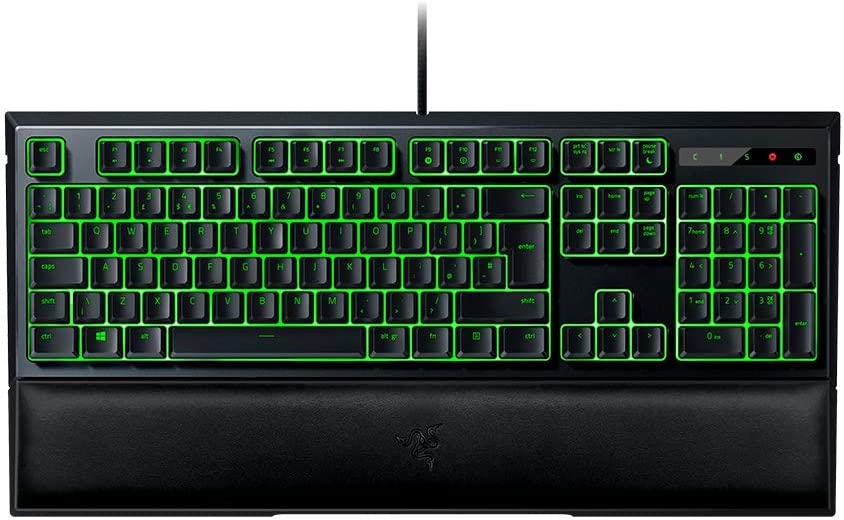
Conclusion
In conclusion, as a programmer, having the right keyboard is extremely important!
Although there are so many options for keyboards on the market, choosing the one most comfortable for you can significantly improve your coding experience, enhance productivity, as well as the typing speed.
Choosing the best keyboard for a programmer mostly depends on their specific needs and preferences. I hope this article was helpful in better understanding different types and styles of keyboards, and will help you find your new best keyboard!
Check out my other Python Programming articles!
Please note that this article contains affiliate links, which means that if you make a purchase through these links, the website may earn a commission at no additional cost to you. The use of affiliate links helps support the website and its content creation.
